#pigweed
Text
Harvest Autumn (Poetry)

Gishigishi (sorrel)
I make my garden a "wild grass garden"
Therefore, the number of wild grasses increased steadily,
At this time of year, wild grass seeds
It bears heavily.
Pigweed is similar to quinoa.
INUBIYU is similar to Amaranthus,
Millet is similar to rice
Gishigishi is similar to buckwheat
For example,
Even in an abandoned garden
Many of them are a source of starch.
any narrow range
the creator god
a variety of nutritious plants
It seems to be compounded.
various weeds,
I ate a lot this year too.
Of course, they also eat barnyard millet.
(2008.09.28)
@I am publishing a book called “Eating wild grasses and tastes (JIMI!!)”.
#Harvest#Autumn#gishigishi#sorrel#pigweed#quinoa#Amaranthus#buckwheat#abandoned garden#starch#the creator#poetry#rei morishita
25 notes
·
View notes
Text
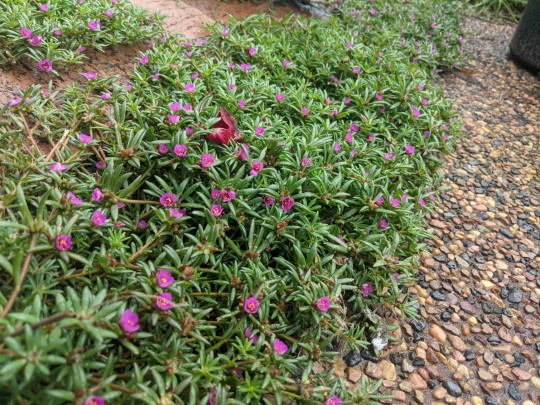

Friday, 25th February, 2022 🌿
Plenty of people think it's messy and unkempt for plants to be growing between pavers but I've always really liked that nature takes over look.
9 notes
·
View notes
Text
LINK FEST: 22 NOVEMBER 2022
LINK FEST: 22 NOVEMBER 2022
Links that may or may not be related to gardens, food, travel, nature, or heterotopias and liminal spaces but probably are. Sources in parentheses.
essay: My Saint is a Weed: Holy Pigweed (Sophie Strand/Make Me Good Soil)
short photo essay: One of London’s most iconic brutalist buildings, the Barbican (Andrew Eberlin/A Photo And A Few Words A Day).
20-min video: Wrought (Aeon Video/Vimeo). The…

View On WordPress
#autumn#Barbican#Brutalist architecture#decay#disgust#leslie harpold#linkfest#links#London#mold#pigweed#rot#seedheads#thanksgiving#Thanksgiving dinner#weeds#winter weeds
2 notes
·
View notes
Text

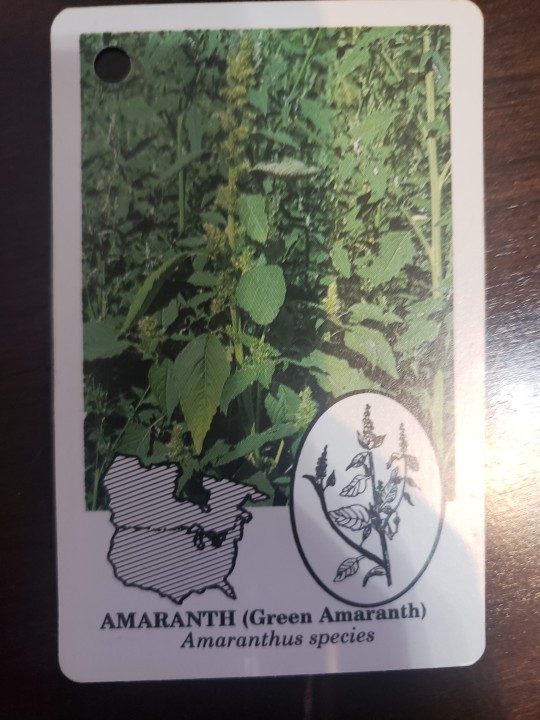
#wild edibles#amaranth#green amaranth#carelessweed#pigweed#red root#red amaranth#wild foods#foraging
0 notes
Text
familiar faces of july, the wildflower seeds i sowed in late may edition!!!
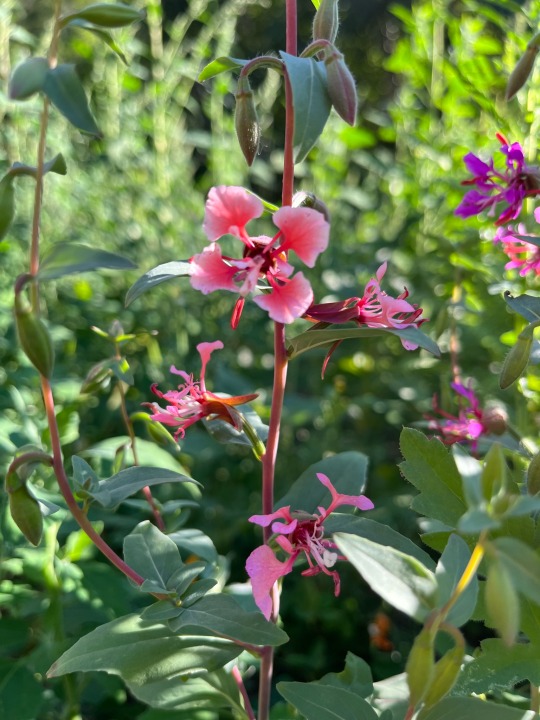

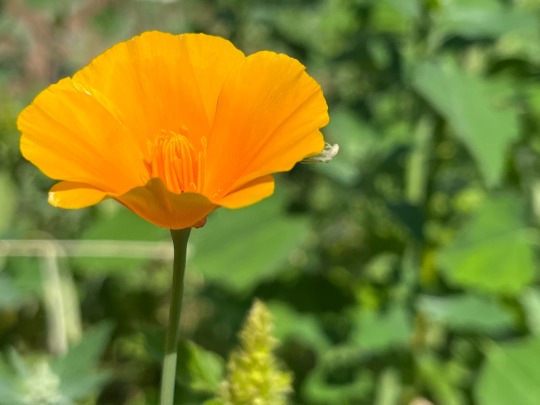
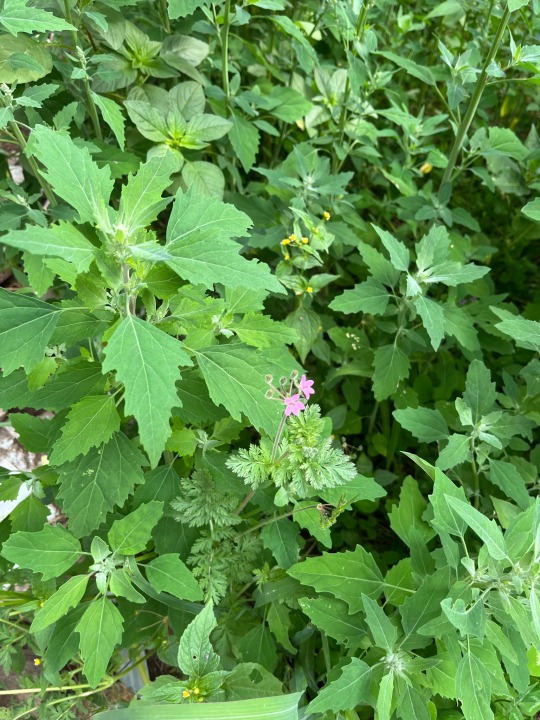
#oops forgot this in drafts#have some flowers on your wednesday my loves#gardening#what IS my gardening tag#wildflower garden#uhhh#anyways all these flowers are dead now but they're cute no#actually quite proud as that whole space used to be just invasive shitgrass and i dug it out by hand bc i love a good toil#planted clover and these darlins#mostly overtaken by lambs ear and pigweed now#also considered weeds#but they're edible and easy to pull#like ppl being like 'watch out mint spreads be careful'#girl i HOPE IT DOES#because it's spreading against couchgrass#you think that shit smells like mint when trod upon? you think it hosts a veritable heathrow of pollinators when in bloom?#i whisper encouragement to the wild mint in my yard whenever i pass her#in the garden
19 notes
·
View notes
Photo
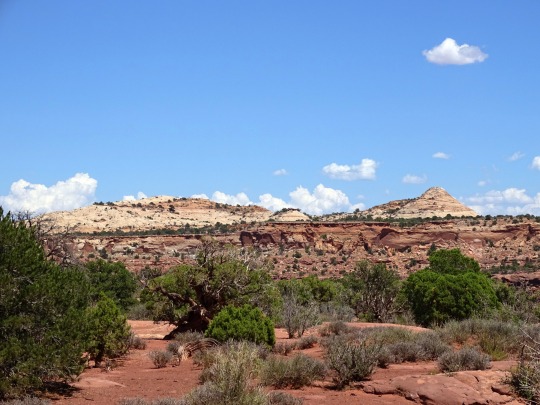
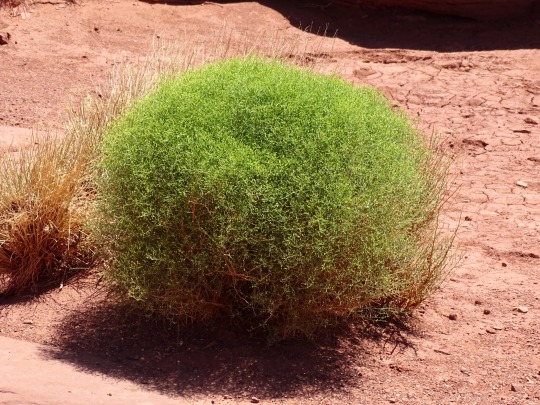


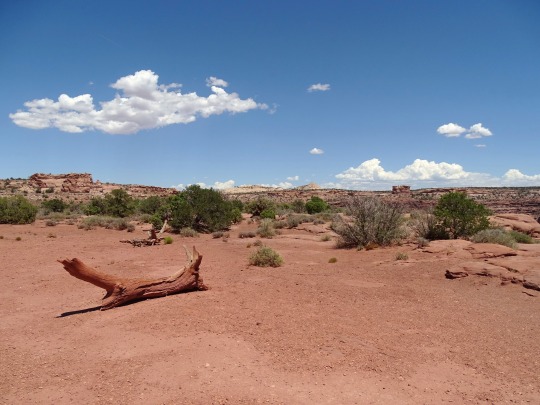





Green River Overlook, Canyonlands National Park (No. 4)
Drought Evaders
Drought evaders are a distinct group of plants that rely on location more than adaptation. These plants are only able to survive in wetter micro-climates, like riparian areas. Drought evaders include Fremont’s cottonwood (Populus fremontii), coyote willow (Salix exigua), and singleleaf ash (Fraxinus anomala).
How do we survive?
Humans also adapt to live in the desert. The ancestral Puebloans built villages around springs. Today, hikers carry water with them. Although we may not have spines like claret cup or burrow in mud like snails, we too are affected by the high desert’s constantly changing water supply. When visiting, your survival strategy should be to always carry water with you and two drink around one gallon (four liters) of water a day.
Source
#Tumble Pigweed#Green River Overlook#Canyonlands National Park#flora#Island in the Sky#Colorado Plateau#White Rim Sandstone#geology#USA#desert#landscape#countryside#nature#grass#bush#vacation#travel#summer 2022#original photography#tourist attraction#landmark#view#blue sky#clouds#dead wood#red sand#red rock#rock formation#Utah#Western USA
6 notes
·
View notes
Text

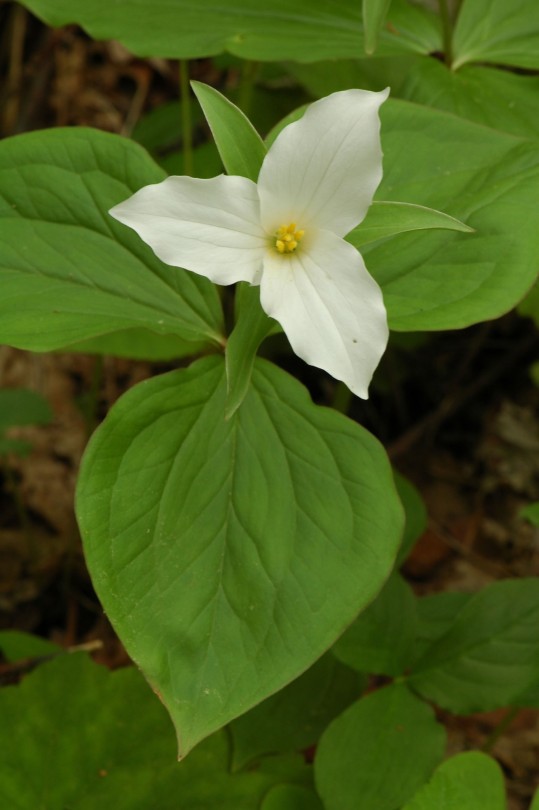
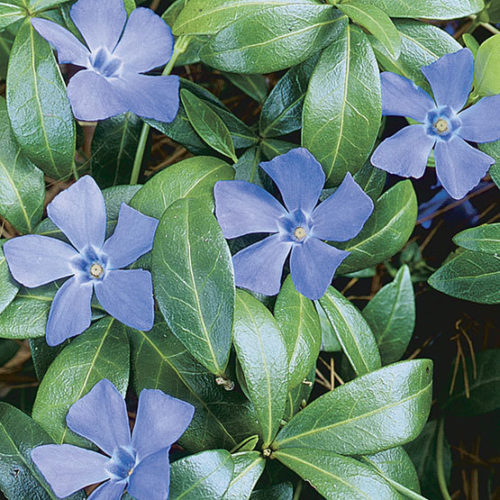
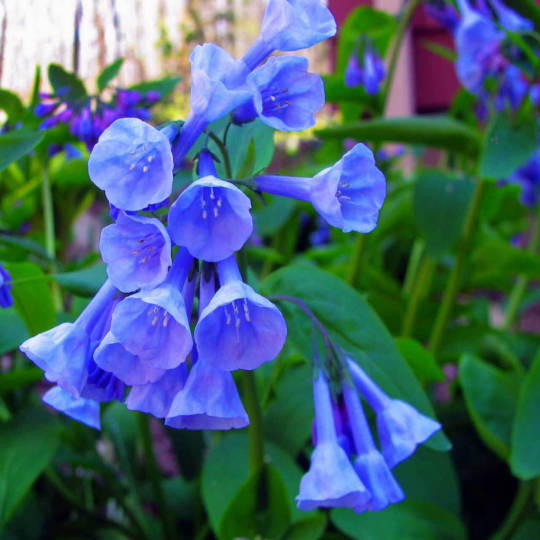
New Animal And Plants!
Animal.
1. Pigweed Flea Beetle
Plants.
1. White Trillium
2. Common Periwinkle
3. Virginia Bluebells
2 notes
·
View notes
Text
In me there are two wolves, one is a singular benedryl tablet and the other is an entire pot of coffee. They both hate me
0 notes
Video
n514_w1150 by Biodiversity Heritage Library
Via Flickr:
English botany, or, Coloured figures of British plants / London :R. Hardwicke,1863-1886. biodiversitylibrary.org/page/12251030
#Great Britain#Pictorial works#Plants#New York Botanical Garden#LuEsther T. Mertz Library#bhl:page=12251030#dc:identifier=https://biodiversitylibrary.org/page/12251030#flickr#botanical illustration#scientific illustration#amaranthus blitum#purple amaranth#Guernsey pigweed
1 note
·
View note
Text
Lady Sonia teases her younger coworker with a hitachi
Lovely amateur lesbian teens finger each other
Sexy Ebony Cam Girl For You
Nice Phat White Pussy
Horny shemale gets her ass fucked hard
Chubby amateur and granny enjoy cumshots in a gangbang
Pretty girl Topless on the Beach
Sassy ts Victoria Neves gets a nasty anal sex with a stud cock
Serene taste and fingers Marie wet pussy
INDIAN MILF
#serocyst#Diaspora#consumeless#Newsweek#mashy#casualty#Ziusudra#amarelles#UUG#pygigidia#subbureau#enumerations#Durwin#pigweeds#firearms#isoimmunize#regolith#tomcatting#Lanta#blundersome
0 notes
Text
Even the Smallest of Flowers Can be Incredibly Colorful
Even the Smallest of Flowers Cab be Incredibly Colorful discusses the variety of summer wildflowers in Florida and then focuses on the pretty, bright fuchsia flowers of pink purslane.
Fuchsia Flower
Summertime in Florida means, hot weather, afternoon rains, and an amazing variety of wildflowers. They literally come in all shapes, sizes, and colors. One of my favorites is pink purslane (Portulaca pilsoa), also known as hairy pigweed, kiss-me-quick, or shaggy portulaca. It’s a native to the southern United States, the Caribbean, Central America, and parts of South America. It…

View On WordPress
#colorful flowers#Florida nature#Florida wildflowers#fuchsia flowers#hairy pigweed#kiss-me-quick#nature#nature photographs#nature photography#photography#pink flowers#pink purslane#shaggy portulaca#small flowers#wildflower photographs#wildflower photography#wildflowers
1 note
·
View note
Text
I'm in the north (poetry)

pigweed and cooking of it
overlooking the garden
calmness
The tip of the pigweed
flickering in the wind
time stops.
I am facing south
Certainly a king
私は北に陣取る
見渡す庭の
すずやかさ
アカザの穂先は
風にゆらめき
時間は止まる
南面したる我は
王者なりけり
In addition, there is an expression in the Chinese proverb, "The gentleman faces the south," which means that all affairs are ruled from the north. This poetry builds on that.
(2014.10.01)
#pigweed#facing south#time stops#I'm in the north#king#poetry#The gentleman faces the south#Rei Morishita
5 notes
·
View notes
Text
Amaranth aka Pigweed: the USA's "worst" agricultural weed that also happens to be...edible...and was welcomed in the fields of Native American growers at the time European settlers first came because it was just extra food.
This article gives instructions on how to plant it, which is funny to me because in many cases, you don't even need to plant it. Just till some ground and wait, it'll show up.
In other news, I went outside to search for pigweed that was still standing, and the seed heads are still FULL of seeds.
1K notes
·
View notes
Note
to seelie, the idea of the Perfect American Lawn must be like. plant racism
more like they find it exceedingly creepy - to fae (in general, but especially seelie)a garden is meant to be an ecosystem, meant to provide a diverse pallet of food and medicine for your family group or business.
they do grow crops but never as monoculture - fiber plants are inter-planted with medicinal flowers, etc. everything is harvested by hand. humans can often walk right past or even through a fae garden and never clock it as anything other than another field of flowers or stretch of forest
so to see a "garden" composed of only one type of plant, enforced via caustic poisons that contaminate the earth and the groundwater, killing useful volunteer crops (pigweed, dandelion, violet, feverfew) just for the look of it, for no reason other than an artificial aesthetic of rigid conformity?
no one ever talks about the fact that fae have every reason to find humans just as unsettling and strange and unnatural as the other way around
73 notes
·
View notes
Text
Food and Agriculture in Thranduil's Kingdom


It's unfortunate that Thorin's Company was welcomed as dinner guests in Rivendell but imprisoned as invaders in Mirkwood. Had Thorin just shown King Thranduil just a little bit more respect, they could have been fed a whole lot better by the Silvans. And there would most definitely have been meat!
While the Rivendell elves seem to lean vegetarian, and Lothlorien's culinary specialty is the "one bite" lembas, the elves of Greenwood know more than a thing or two about indulgent feasting. These elves consider themselves permanent residents of their land, and with that outlook comes an attitude of celebrating Middle-earth's bounties.
The Silvans of the Woodland Realm have always been fond of feasting, merry-making, and community and family traditions centered around food. Furthermore, they are ruled by a King and royal family who whole-heartedly support this culture, participate in it themselves, and encourage trade that allows the realm to access food from other lands.
When it comes to food, the Greenwood elves are actually more alike Dwarves and Hobbits than they are the lofty High Elves.

Below the cut are SotWK headcanons regarding Food and Agriculture in the Woodland Realm:

Food, Cuisine, and Agriculture in the Woodland Realm
Prior to the establishment of the Woodland Realm and in the early reign of King Oropher (c. SA 700), the Silvan Elves populating Greenwood lived in smaller communities spread throughout the vast forest, but predominantly in the southwest, closer to their kin in Lorinand. Limited subsistence farming was practiced by a few, but by far most food at this time was obtained through hunting and gathering. The rich and bountiful Greenwood had always provided more than enough resources for its dwellers.
GATHERING
Greenwood Elves happily spend most of their immortal lives within Eryn Galen and the lands of Rhovanion, so they are accustomed to living off solely what the forest produces, and their diet is influenced largely by it.
The most commonly foraged edibles are:
Nuts: hazelnut, pecan, walnut, hickory, beechnut, chestnut
Fruit: plum, apple, grape, persimmon
Berries: mulberry, blackberry, currant, elderberry, raspberry
Wild garlic and ramps
Fungi: mushrooms and truffles of many varieties
Eggs: from various wild birds
Herbs and Spices: fennel, corn mint, dandelions, ground elder, pigweed, cicely, sorrel, hogweed, stinging nettle, watercress, wild carrot, rowan, wood avens, sneezewort
Maple: sourced for sugar and syrup
There are also hundreds of plant species native only to Greenwood and Rhovanion that are valued for their uses in healing. However, the Silvan herbalists of Greenwood are usually the only ones able to effectively extract the curative properties of these plants, indicating a connection between Elves and homeland may be necessary for the healing to work.

Art from Fantasy Flight Games
HUNTING
Greenwood Elves are expert hunters and trackers, with unparalleled mastery within their forest and the lands that surround its borders. With careful consideration and instinctual knowledge of the forest ecosystem, they select their prey according to what's most populous, and rotate as necessary to balance out conservation levels.
Among the animals they hunt regularly for meat consumption are rabbit, squirrel, duck, turkey, quail, weasel, racoon, boar, deer, wild oxen, and elk. On rare or special occasions, they hunt less common game such as lion and bear. They also obtain fish and freshwater mussels, clams, and snails from the Forest River and various streams.
It is illegal in Greenwood to hunt or kill specific animals that are declared a protected species, including the King's Elk (the breed of Thranduil's war elk), the silverwolf, and all species of eagle or falcon.
Any fauna or fauna may also be temporarily decreed off-limits for hunting or gathering, by order of the Elvenking and his council.
Any animal taken in as an elf's pet or familiar may also not be killed, so long as it has been properly tamed and does not pose a risk to others.

Throughout the Second Age, the Woodland Realm's population steadily increased under the wise rule of King Oropher and his court. As the communities and villages that made up the kingdom grew larger and more numerous, the practice of agriculture became more widespread to bolster the realm's food supply.
In the Woodland Realm, farming would always remain secondary to hunting and gathering due to the preference of Silvans for wild game and native vegetation. Farmed products serve primarily to enhance cuisine, supplement large feasts, provide reserves in case of war or famine, and as goods for trade with other realms.
FARMING and LIVESTOCK
Tracts of community farmlands were gradually cultivated in the arable fields between Greenwood's western borders (near the capital of Amon Lanc) and the Anduin River.
In order of output, the food crops most commonly grown are: wheat, barley, oats, potatoes, carrots, tomatoes, lettuce, peppers, and peas.
Fiber crops grown for cloth, paper, and rope include: flax, hemp, and cotton.
Domesticated animals are raised in small numbers solely for their by-products and not their meat. In order of importance, livestock that are raised are:
Sheep: source of wool and milk
Chickens: source of eggs
Cows: source of milk and for birthing calves
Animals raised for labor include:
Horses: highly valued and raised exclusively for transport and mounted cavalry
Oxen: used as beasts of burden (large-scale/community work)
Donkeys: used as beasts of burden (small-scale/family work)
When Prince Thranduil built his own palace of Bar Lasgalen just south of the Old Forest Road (which would later become the new capital upon his ascension to the throne), he helped the Silvans residing in the valleys of the Emyn Duir to initiate small-scale agriculture, which encouraged further migration into that area and northward towards the Grey Mountains.


Elvish historians refer to the first millennium of the Third Age as the "Golden Age of the Woodland Realm". During these years, the kingdom enjoyed an unbroken peace under a wise King and Queen who also had five sons actively involved in the governance of the realm.
Departing from his father's more isolationist leanings, Thranduil encouraged trade with realms across Middle-earth. It included all the races except for Hobbits, since the Shire did not yet exist prior to the darkening of Greenwood.
Sadly, most trade came to a stop by the end of the Third Age, with the exception of the nearby Dale, due to the struggles with Dol Guldur. However, after Erebor was reestablished by King Thorin, trade gradually resumed with the Dwarves. After the War of the Ring and the Cleansing of Dol Guldur, Eryn Lasgalen once again thrived with renewed relations with their trade partners--finally including the Shire!
AGRICULTURAL TRADE
The Woodland Realm's three most valuable exported agricultural products are:
Rare spices
Mushrooms and truffles
Medicinal herbs (extremely valuable but highly controlled to prevent misuse)
Imported goods are considered luxuries and not necessities, and are brought in seasonally for community feasts and celebrations (of which there are many). Everything is meant for the consumption of all the kingdom's citizens, regardless of status; there is never anything reserved as "special" for the royals or nobles.
The top agricultural imports, usually from realms/communities of Men, are:
Wine
Textiles (silk, cotton)
Seafood
Sugar
Cheeses
ARTISAN COOKS and BAKERS
Exposure to outside realms and cultures also resulted in an expansion of the culinary arts within Thranduil's kingdom. Cooking and baking became full-blown, respected and sought-after professions instead of tasks done within individual households. With the King's support, talented Elves were sent to other realms to learn their culinary practices; chefs from other kingdoms were invited to Greenwood as royal guests to do the same.
A few culinary feats and innovations the Woodland Elves became known for:
Use of offal (innards) in recipes that actually taste fantastic, thanks to seasonings and skilled cookery
Using literally every single part of a butchered animal with zero waste
Aphrodisiacs in common food recipes, using plant ingredients (partly responsible for their marriage and birth rates and large families)
Salted game meat (jerky) that is highly nourishing and excellent for travel; essentially a meat version of lembas
The use of whipped egg whites to make essentially a type of meringue--which opened up an entire category of desserts that became staples at feasts

Bonus Fun Headcanons! (as a thank you for reading this far)
Mealtimes in Thranduil's Family
No one can beat Ada in drinking contests, ever; it has been attempted hundreds of times--usually with Dorwinion wine--and Thranduil has never been dethroned by his sons.
The King and every single one of the Princes are all heavy eaters, and everyone, including the Queen, eats meat.
While they all observe formal manners at the table, the Princes can get rowdy when not in the presence of their mother--especially when there's drinking involved. (Not quite as bad as Thorin's Company, but close.)
Breakfast: Taken individually in their own rooms, according to each one's schedule/leisure
Lunch: The most commonly skipped meal; usually taken "on the go", and oftentimes with people outside of the family (e.g. business lunches, lunch with friends)
Dinner: The family meal. Everyone is expected to sit down and eat dinner with the rest of the family, unless traveling or there is a prior commitment that takes precedence.

Random Fun Food Facts with the Thranduilions
The Princes regularly compete to see who can eat the most exotic/"disgusting" food items. Turhir remains champion at this (able and willing to eat literally everything), with Legolas frequently trying (and constantly failing) to unseat him.
They have also competed to see who can eat the riskiest (aka poisonous) food items. Arvellas has somehow proven to be the most impervious to natural poisons, much to Gelir's frustration.
Legolas can go the longest without eating food, but no one really cares to try to beat his record.
Mirion is the heaviest eater, but is also the fastest, and because he has flawless table manners no one really notices.
Gelir can find truffles just using his sense of smell--yes, like a truffle pig. He has successfully trained other similarly gifted Elves to do the same.

For more Thranduil/Mirkwood headcanons: SotWK HC Masterlist
Tolkien Headcanon tag list: @quickslvxr @laneynoir @auttumnsayshi @achromaticerebus @tamryniel @friendofthefellowshipsnerdblog @blueberryrock @aduialel @glassgulls @ladyweaslette @klytemnestra13 @creativity-of-death @heilith @fizzyxcustard @absentmindeduniverse @lathalea @tamurilofrivendell @jordie-your-local-halfling @ladyk8tie @scyllas-revenge @asianbutnotjapanese @conversacomsmaug @lemonivall @ratsys @a-world-of-whimsy-5 @entishramblings @stormchaser819 @freshalmondpandadonut

#sotwk headcanon#thranduil#thranduil headcanon#legolas#mirkwood#mirkwood elves#the elvenking#the hobbit#lord of the rings#tolkien#tolkien headcanons
264 notes
·
View notes
Text
One hit of pigweed and you'll be digging in the ground for truffles
70 notes
·
View notes
